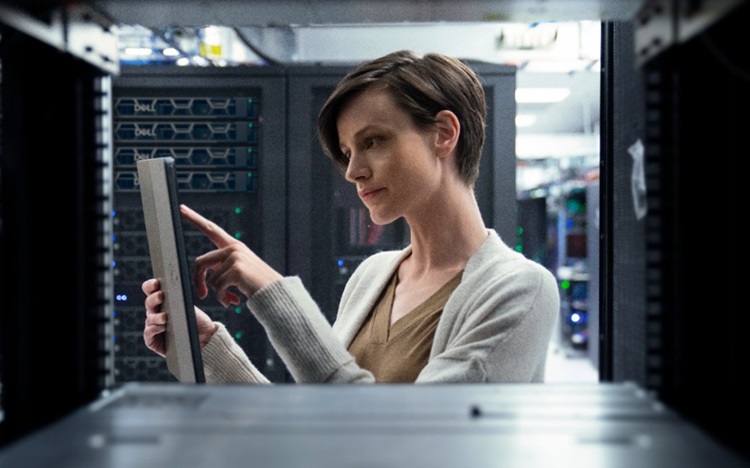With the adoption of AI throughout enterprises, data center performance demands are set to increase significantly. And data centers are also evolving—especially in the geographies where they’re located. For example, with on-premises AI model inferencing, having the data to use where it’s generated, whether at a retail site or factory floor, can provide strong value to the organization. Increasing compute needs in both traditional data centers and unconventional locations brings unique challenges, such as keeping the data center cool and running at optimal temperatures. Adding to these challenges is the need for energy efficiency or sustainability due to rising electricity costs, government regulations or enterprise ESG goals. Innovations from Intel and Dell Technologies enable both high performance and efficient performance to help solve these challenges.
New to 4th Gen Intel Xeon Scalable processors are a full set of built-in accelerators that deliver performance and energy savings. These accelerators, continued in the latest 5th Gen Intel Xeon processors, cover a wide variety of workloads including AI, security and storage and enable up to 10x higher performance/watt.¹ Dell’s Intel-powered PowerEdge servers are offered with a built-in Power Saving BIOS configuration and the Dell Active Power Controller BIOS configuration. These configurations combine the intelligence of Intel’s power-saving features with multiple other server-level optimizations to allow users to experience virtually no impact to compute performance, while saving up to 30% of the energy required for many typical workloads.²
Cooling these high-performance servers is typically done via air cooling. Higher Thermal Design Power (TDP) processors, developed to provide even greater performance, can challenge traditional air cooling. Liquid cooling technology can be a solution, but it is typically deployed in more greenfield settings. To keep existing infrastructure and minimize capital costs, Dell offers solutions that enable greater air-cooling thermal capability.
Dell servers incorporate Smart Cooling technology, which is a holistic approach that considers server cooling as a fundamental aspect of the server design. For example, placing power supplies on either side of the chassis rather than forcing air through smaller passages on one side enhances air flow through PowerEdge servers. Dell cooling specialists have driven fundamental innovations in fans, resulting in an energy efficiency improvement of more than 15% since the twelfth generation Dell PowerEdge servers. Users can realize additional power savings with optimized heat sinks that take full advantage of the more efficient fans. Dell innovations in advanced thermal controls ensure fans are spinning only as fast as required by considering input from an array of thermal sensors throughout the server. This can cut fan power by up to 90% in some applications.³ In addition, Dell offers PowerEdge servers in multiple chassis heights. Just moving from a 1U chassis to a 2U chassis has been shown to save up to 80% of required fan power when maximum configurations are compared.³ Increasing the chassis height may also allow future, higher powered processors to be air-cooled efficiently.
We know liquid cooling at the rack or server level provides the greatest savings in data center cooling energy. But for the many applications where liquid cooling is not possible or practical, there are solutions to extend air-cooled options. Thanks to the innovations of both Intel and Dell Technologies, these air-cooled options can still enable significant energy savings and greater computational efficiency compared with previous server generations.
Source: dell.com





0 comments:
Post a Comment